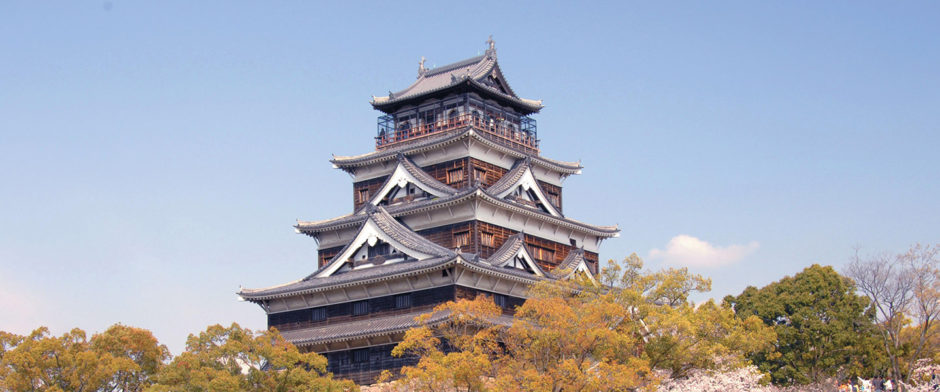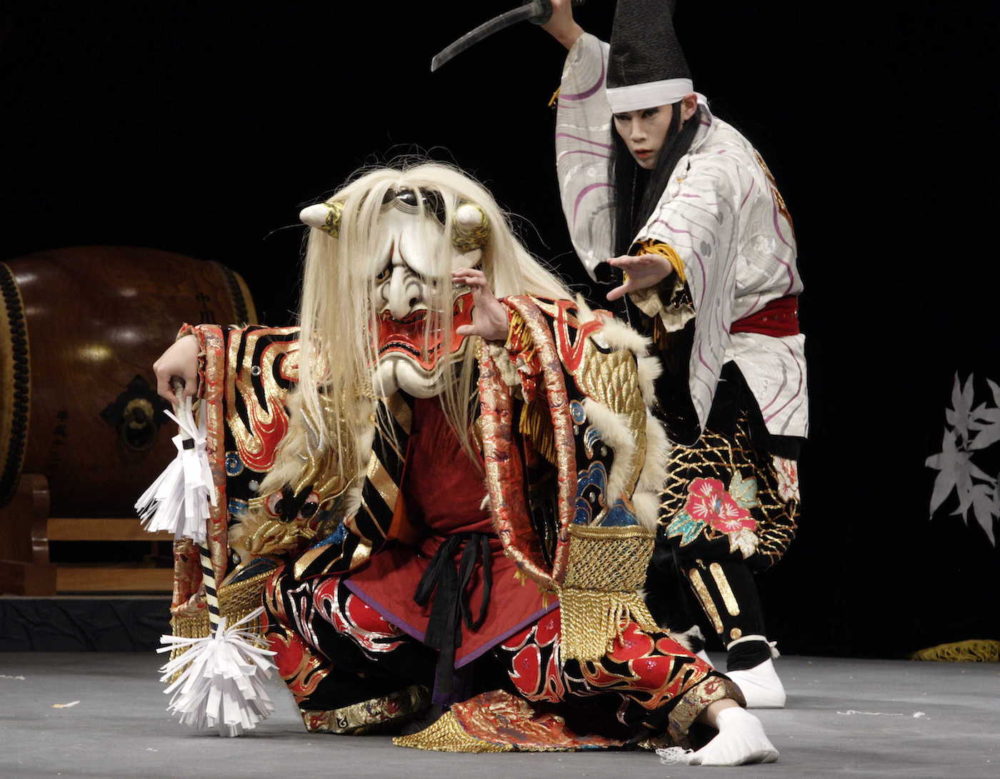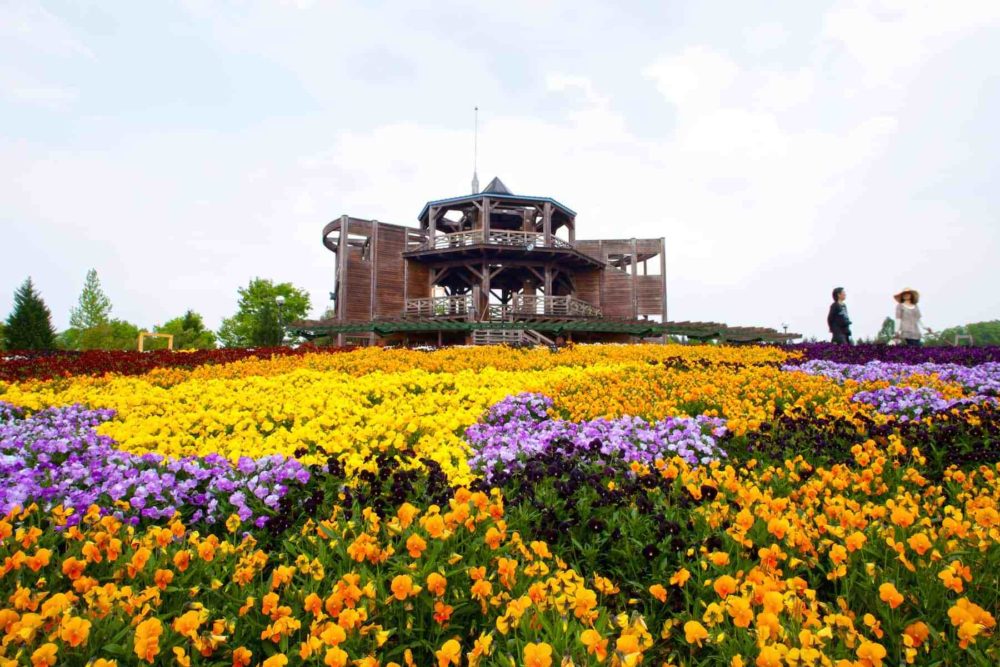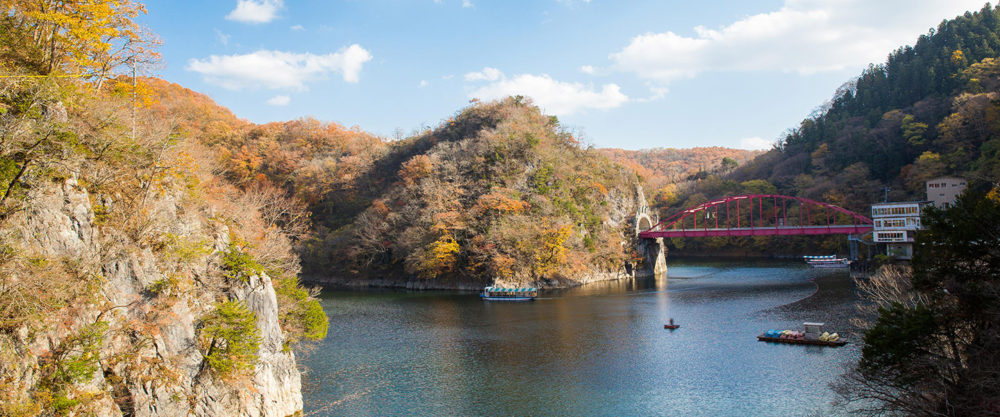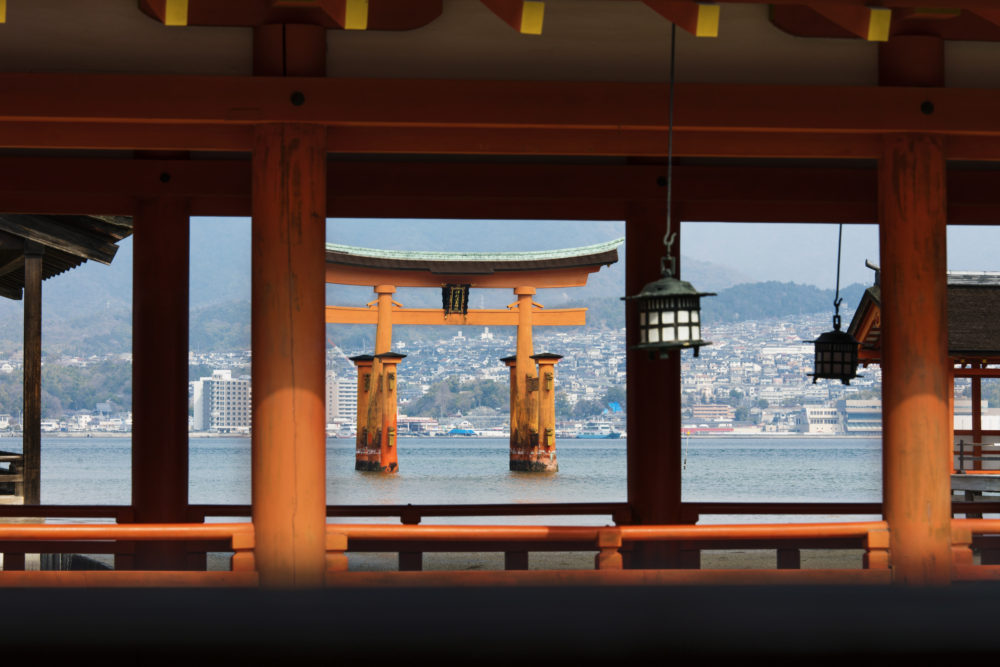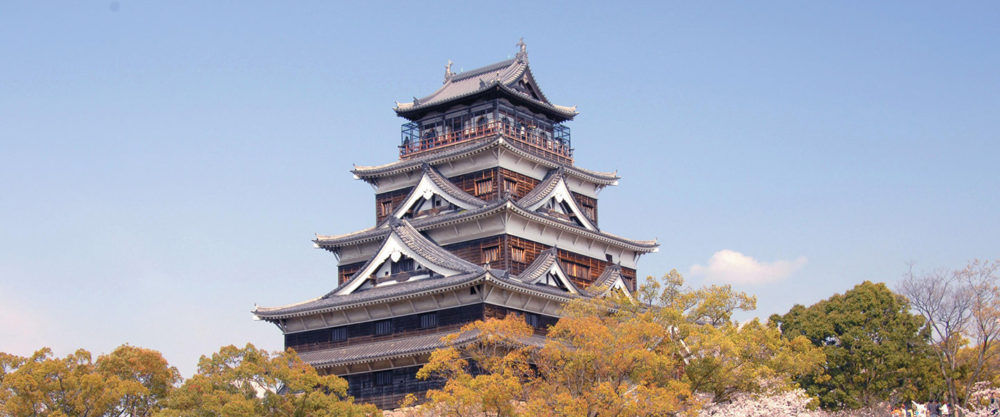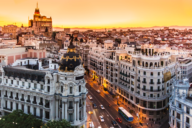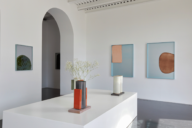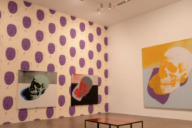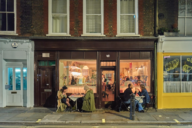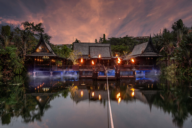HIROSHIMA NEIGHBOURHOOD GUIDE
Hiroshima is renowned for its tragic Atomic-Bomb heritage and stunning Miyajima Island hosting friendly wild resident deer and the wave-lapped Itsukushima Shrine. In addition to these cultural heritage sites there is more to explore. Hiroshima is made up of four regions: Geihoku, Bihoku, Bingo and Aki all of which hold their own landmarks and unique features. Each region boasts an abundance of incredible scenery, activity, natural wonders, traditions, food and culture. See the below Hiroshima neighbourhood guide for under the radar hidden gems that must not be missed.
Geihoku
The Geihoku region is home to beautiful nature hosting incredible natural spots and Japanese culture including the Sandankyo Gorge, Geihoku ski resorts and the well-established culture of Kagura theatre which has been passed down through generations.
Sandankyo Gorge
The Sandankyo Gorge runs for 13 kilometres through north-western mountains in Hiroshima, perfect for trekking throughout the summer and autumn months or exploring the 30-meter high waterfall located at the gorge. Trek from Sandankyo’s front gate to Kurofuchi pool passing the Shimai and Ishidoi waterfalls or hop on a ferryboat crossing over to Kurobuchiso and sample the delicious local cuisine; udon noodles and musubi rice balls. If there is still time, take another boat ride passing through the narrow Sarbutobi valley of rocks, barely two-meters apart, and take the hiking trail to the Hijiri Lake. Luscious and green in the summer, this gorge is particularly beautiful during the fall with vivid red, orange and yellow foliage present during the changing seasons.
Geihoku Ski Resort
The Geihoku region pays homage to one of the larger ski resorts in western Japan. During the winter months a blanket of snow settles on the mountainside covering the rice paddy fields and valley. There are three main areas in the resort to ski: Kokusai, Oohira and Kakezu. The resort is full featured with rental shops, a variety of accommodation, restaurants, cafes and a ski school. The runs vary in difficulty with the highest standing at 2,000 meters. The resort is easily accessible by car from Hiroshima City and there are ski buses that run throughout the weekend travelling directly to the slopes, making it the perfect location for a day trip to the slopes.
Kagura theatre
Kagura, a popular youth culture, is a form of traditional music and dance. The theatrical performances are dedicated to Shinto gods and include extravagant costumes and dynamic movements telling the story of folk tales using taiko drumming and flutes. Home to more than 100 Kagura groups, Geihoku is a great cultural experience to explore. Performances take place to pray for good harvests, plentiful fish catching and illness recovery. Today they also contribute to healthy mental and physical growth of new generations.
Bihoku
Bihoku is the most northern region of Hiroshima flourishing with flower parks, fruit farms and wineries. For those who want to really get stuck in with the Japanese culture and the locals it is the perfect place to visit as many locals travel to Bihoku during the flowering and fruit picking seasons.
Where to find the best Bihoku flowers
Bihoku Hillside Park is a national park spreading out over three hectares. There are 70 varieties of flower that blossom in the Flower Square during the spring and autumn months. In addition to flora the park is host to a forest with an excellent outdoor athletic track and gorgeous ponds. Explore the wildlife around and camp in the Bihoku Auto Village, from the park get some of the best views of the Chugoku Mountains.
Taishku Gorge
Taishku Gorge, like many others in Japan, is stunning to look at. Explore the gorge’s environs change from season to season via the numerous footpaths and bridges that weave around and over the rivers where waters vary from soft stream to fast moving rapids. The gorge has limestone caves stretching for 15 kilometres, waterfalls and cliffs. The Yosekura-Iwakage Ruins are another must see, geologists have discovered excavations dating back thousands of years showing that the caves hold a vast amount of ancient Japanese history. Taishakuten Eimyoji Temple, established back in 709, can also be found embedded in the trees surrounding the Taisku Gorge. Due to its age visitors are not allowed inside the main hall but the outside building offers a spectacular sight.
Bingo
Located below Bihoku, Bingo is renowned in Hiroshima for its ports. Onomichi and Tomonoura are popular destinations holding rich history and culture connected to the Seto Inland Sea.
Onomichi
Onomichi town is small in size and thriving in temples visitors can embark on the designated walking route in the downtown area known as ‘Temple Walk’ and view 25 of the temples located over a two-and-a-half-kilometre stretch. One of the temples on route named The Senkoji Temple, situated in the Senkoji Park, sits at the peak of a large hill, providing remarkable views of the city below. There is an enormous rock that sits at the top of this peak called ‘Tama no Iwa’, legend has it this rock used to have a huge glittering gem sat on the top of it which was used as a landmark for incoming ships. Adding to its attraction, Senkoji Park hosts rows of cherry blossoms perfect for those looking to avoid the crowds in Kyoto.
Tomonoura
Located in Fukuyama city, Tomonoura is a picturesque port town with over 1000 years of history facing the Seto Inland Sea. This area has been thriving in port trade since the Edo period (1603-1867) with the stone lantern and stone pier still standing in the harbour. Tomonoura is popular for Homei-shu, this is a medicinal liquor believed to help fight against cold and fatigue. Edo period guesthouse Taicho-ro is said to offer the most picturesque views of the Seto Inland Sea. The old town centre is incredibly photogenic with a number of attractions including; Joyato Lighthouse, Irohamaru Museum, the towns pier, the Museum of History and Folklore along with several temples and shrines. These are dotted around the town with Fukuzenji Temple being located on the sea front.
Aki
Aki is the southernmost part of Hiroshima, beyond the Hiroshima A-bomb Dome and Miyajima Island Aki hosts some of the most beautiful islands, beaches and mountain ranges. Being a coastal town Aki has an abundance of oyster huts and restaurants spread along the shoreline. Enjoy the local cuisine with gorgeous views of the Itsukushima Shrine just off of Miyajima island which can be seen opposite other areas of the Aki region. Soak up some culture and visit Hiroshima Castle exploring Samurai performances.
Hiroshima Castle
Visit the castle and view a performance put on by Aki Hiroshima Busho-tai. Twice daily (1pm and 3pm) and free to attend the Busho-tai hold Samurai performances with songs, plays and sword shows. The company tells the story of the famous Samurai Motonari MOURI and his companions. Busho-tai also carry out a Samurai parade around the castle where visitors can learn about the distinct Samurai culture Japan is known for.

